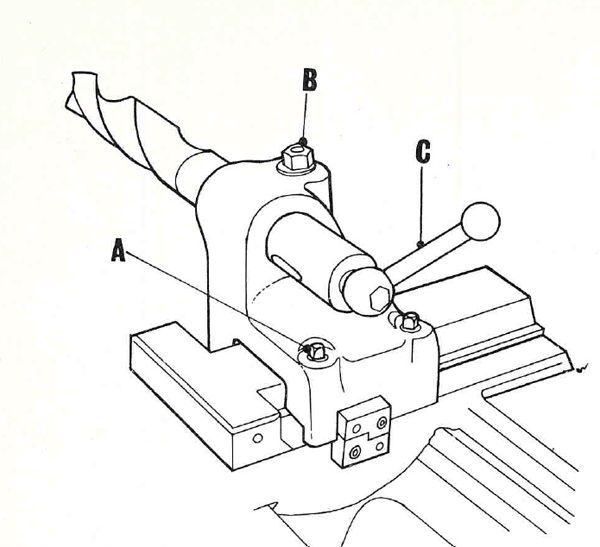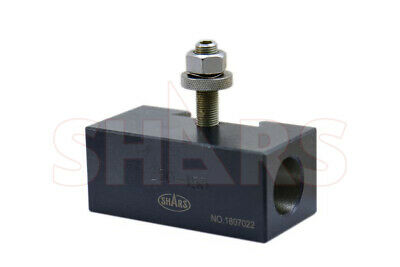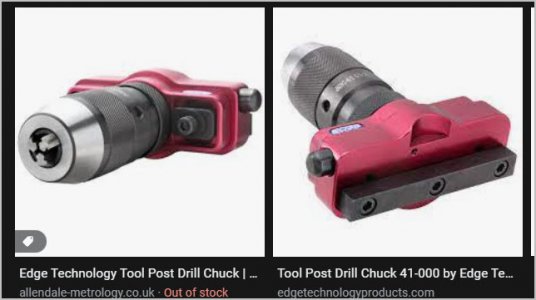I need some answers.
You guys out there with a QCTP and a DRO on your lathe, why or why not, make use of a drill chuck, or collet chuck, to do operations, such as drilling, reaming counterbore, etc with the tool post? I would think that having power feed would be a fantastic attribute. Plus not having to drag the tail stock up and down the length of the bed (my lathe has 54" of travel). I would think once set up, it would take mere seconds to do a drilling operation. I do not have a QCTP, nor a DRO, but I'm tempted to purchase just for this purpose.
You guys out there with a QCTP and a DRO on your lathe, why or why not, make use of a drill chuck, or collet chuck, to do operations, such as drilling, reaming counterbore, etc with the tool post? I would think that having power feed would be a fantastic attribute. Plus not having to drag the tail stock up and down the length of the bed (my lathe has 54" of travel). I would think once set up, it would take mere seconds to do a drilling operation. I do not have a QCTP, nor a DRO, but I'm tempted to purchase just for this purpose.




